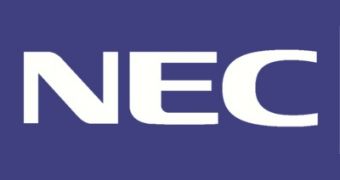Santa Clara, California-based Intel is one of the most recognizable brands in the IT industry, as the company managed to establish itself as the world's leading producer of computer processors. With the company holding the majority of the chip market, there are questions whether other players in the industry have the power to compete with Chipzilla. On that note, it appears that a combined effort of seven chipmakers, including Hitachi, Nec, Toshiba, Fujitsu, Panasonic, Canon and Renesas, could just deliver a product that will raise some problems for the world's leading chip maker.
According to a recent news article on Forbes, Intel's chip business could be threatened by the debut of a new microprocessor that would revolutionize the market. The said chip is the fruit of a combined effort led by NEC and Renesas, which have been joined by Hitachi, Fujitsu, Toshiba, Panasonic and Canon, a crowd that plays a significant role in today's consumer electronics and PC market.
According to the details of the said collaboration, the seven chipmakers are planning to design a commercial CPU that will run on solar cells and will consume power depending on processed data and even stay switched on during power cuts. Apparently, a current prototype of the processor that is due out sometime in 2012 can run on 30% the power of today's CPUs. In addition, it appears that the CPU is designed to be compatible with the “innovative energy-saving software” developed by Hironori Kasahara, a professor at the Waseda University.
The details of what is currently considered “Japan's super CPU” are yet to be made official, but, as it is, the project will enable both the PC market and the consumer electronics one to benefit from the features and specifications of the said processor. The question of whether the new chip will be able to take some of the market share Intel has gathered over the years still stands. That's because a transition from x86 to a new architecture will certainly take some years.

 14 DAY TRIAL //
14 DAY TRIAL //